Wilderness
With the passage of the Wilderness Act in 1964, Congress created the National Wilderness Preservation System. Wilderness areas are managed to preserve their natural conditions and wild character for present and future generations. They possess outstanding ecological, geological, scientific, educational, scenic, or historic values.
The following regulations apply to all Wildernesses:
Motorized equipment and equipment used for mechanical transport is prohibited. This includes the use of motor vehicles, motorboats, motorized equipment, bicycles, hang gliders, wagons, carts, portage wheels, and the landing of aircraft including helicopters. Unmanned Aircraft Systems (UAS), or drones, may not take off, land, be operated or possessed within designated Wilderness. Wheelchairs are exempt.
Remember: Weed Free Feed is required on all national forest lands in the Rocky Mountain Region.
Please view the special regulations associated with Wilderness and always use Leave No Trace techniques to help keep these areas wild, clean, and pristine.
Currently the GMUG has a total of approx. 553,000 acres of Wilderness, making up twenty percent of the three-million acre forest (map).
Collegiate Peaks Wilderness

Fossil Ridge Wilderness
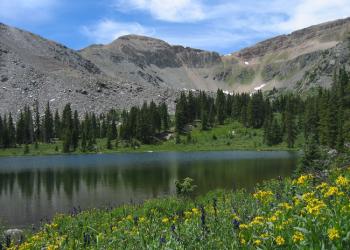
La Garita Wilderness
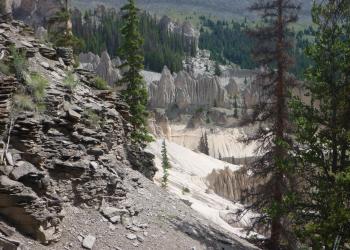
Lizard Head Wilderness
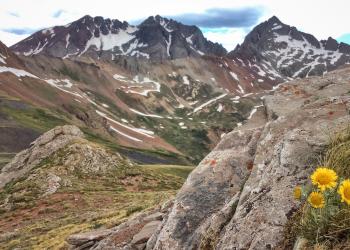
Maroon Bells-Snowmass Wilderness
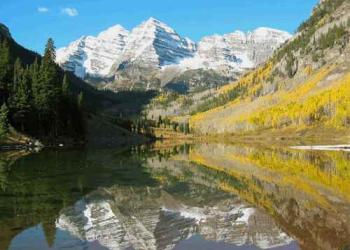
Mt. Sneffels Wilderness

Powderhorn Wilderness
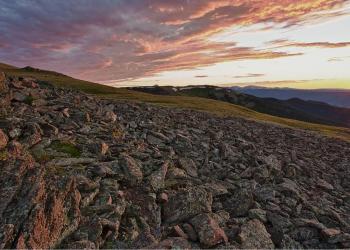
Raggeds Wilderness

Uncompahgre Wilderness
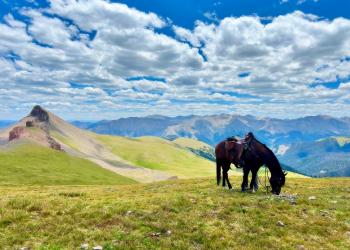
West Elk Wilderness



